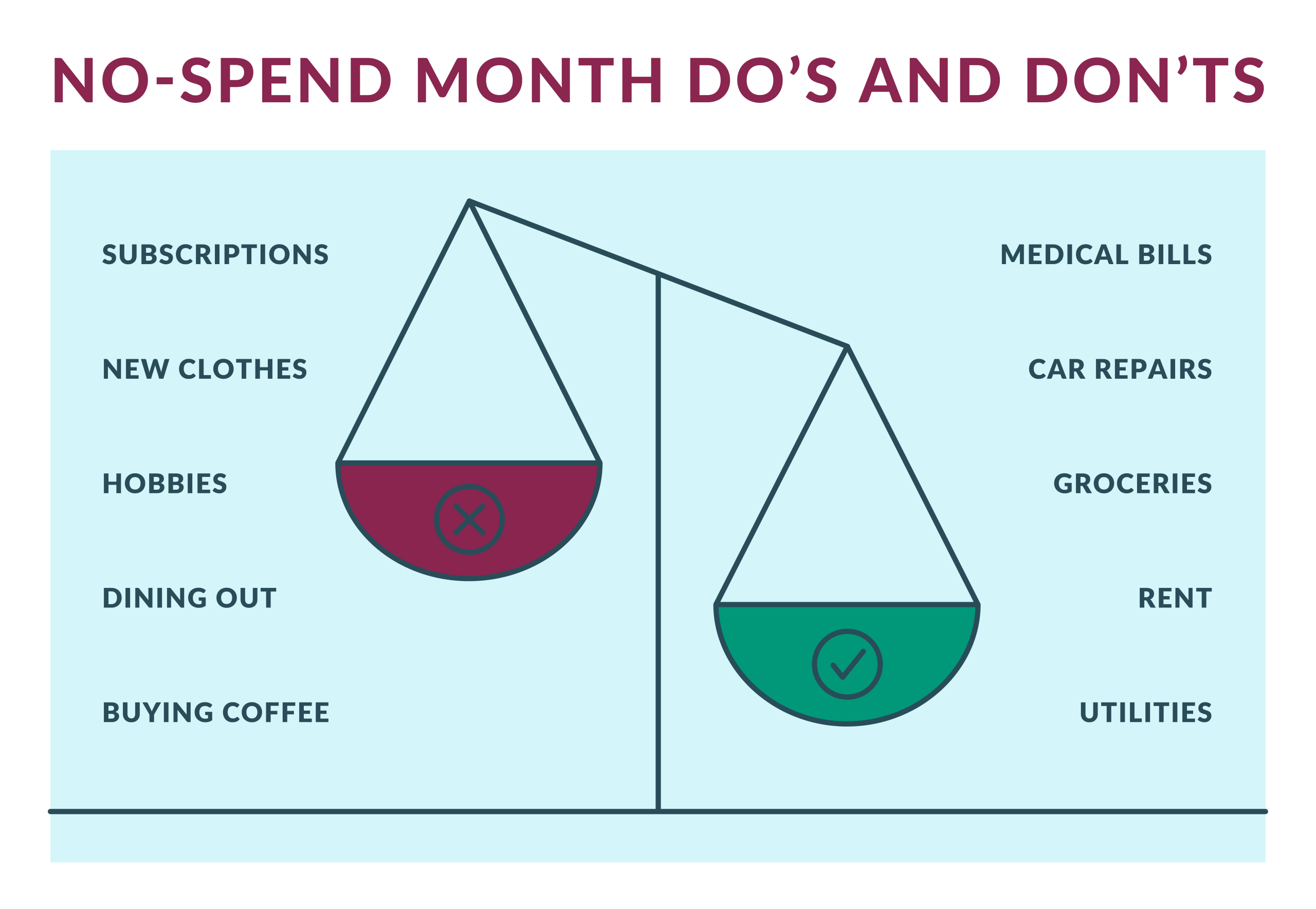Anúncios
The United States government has announced a 2.5% adjustment to Social Security benefits for 2025.
This measure has been confirmed by the Social Security Administration (SSA) and promises to bring some relief to retirees and beneficiaries, who rely on these payments for daily sustenance.
This increase is part of the annual adjustment known as COLA (Cost of Living Adjustment), which aims to offset the effects of inflation on the beneficiaries’ cost of living.
Learn more below and find out what these changes mean for 2025!
What is the Social Security adjustment in the USA?
The 2.5% adjustment reflects the recent changes in consumer prices which, although moderate, still impact the purchasing power of Americans.
For many, this increase in benefits represents an attempt to keep income aligned with rising costs, including housing, food, and healthcare.
The rise in COLA adds a few extra dollars each month to the payment amounts, depending on the benefit each person receives.
Although the 2.5% adjustment may seem modest, it is seen as an important move to keep beneficiaries’ incomes in tune with the country’s economic changes.
For many, the increase may not be enough to cover all expenses that have grown in recent years, but still, it represents a welcome financial support.
The adjustment is set to take effect starting January 2025 and will be automatically applied to Social Security beneficiaries’ monthly deposits.
The SSA has already provided detailed information on its official website for those who wish to check the exact impact of the increase on their payments.
With inflation stabilized at lower levels compared to previous years, the COLA increase follows the trend of an economy slowly adjusting after the inflation spikes caused by the pandemic.
The adjustment, although considered small by some experts, is an important relief for those facing financial difficulties due to price increases in recent years.
What is COLA?
COLA (Cost of Living Adjustment) in the United States is an annual adjustment made to Social Security benefits to offset the impact of inflation on the cost of living.
The primary goal of COLA is to ensure that payments to beneficiaries, such as retirees and disabled persons, maintain their purchasing power in an economic environment where the prices of goods and services may rise.
This adjustment is calculated based on the Consumer Price Index for Urban Wage Earners and Clerical Workers (CPI-W), measured by the Bureau of Labor Statistics (BLS).
The variation of the index between the third quarter of the previous year and the third quarter of the current year is used as a basis to determine the percentage increase in benefits.
When prices rise, COLA increases the payments to help offset inflation. If the consumer price index indicates a significant increase in the cost of living, COLA will apply a proportional adjustment to Social Security benefits.
This increase is automatic and takes effect at the beginning of each year, typically starting in January. If inflation is very low or negative, the COLA may be zero, which means there is no adjustment to the benefits that year.
Learn more about the adjustment and its variations
The Cost of Living Adjustment is a tool that ensures that Social Security benefits keep pace with changes in the economic landscape.
It is estimated that over 70 million Americans, including retirees, disabled persons, and other eligible groups, are directly impacted by the annual update.
In a context of persistent inflation, the adjustment becomes even more relevant to ensure a minimum of financial stability for these people.
The 2.5% increase projected for 2025 is smaller than the adjustments of recent years, which reflected higher inflation.
In 2023 the increase was 8.7%, while in 2024, the rate was around 3.2%. The trend of decreasing COLA is in line with the slowdown of inflation in the United States, which saw a rise during the pandemic and has been gradually adjusting.
Experts recommend that beneficiaries closely follow Social Security updates and consider the impact of the adjustment on personal financial planning.
Understanding how Social Security works in the USA
Social Security in the United States is a federal program administered by the government that provides retirement, disability, and survivors benefits to workers and their families.
This program is funded through contributions from employers, employees, and self-employed individuals, based on payroll taxes known as FICA taxes.
When a person works and pays these taxes, they earn “Social Security credits,” and the number of credits needed to receive benefits depends on the age and type of benefit claimed.
Generally, 40 credits are required to be eligible for retirement benefits, which equates to about 10 years of work. Benefits are calculated based on the years of work and the average of wages earned throughout the individual’s working life.
In addition to retirement benefits, the Social Security system also provides disability insurance and benefits for dependents and survivors, ensuring an income source for family members in the case of the worker’s death or disability.
The 2.5% increase in Social Security for 2025 reflects a context of more controlled, yet still present, inflation in the U.S. economy.
COLA continues to be a vital resource to ensure that Social Security beneficiaries do not see their incomes eroded by rising living costs.
Despite the adjustment being smaller than in previous years, it represents an important step in ensuring that retirees and other beneficiaries can face price variations a bit more comfortably and securely.
Keep following our site for more information. Also, take the opportunity to read how to keep good financial habits.






